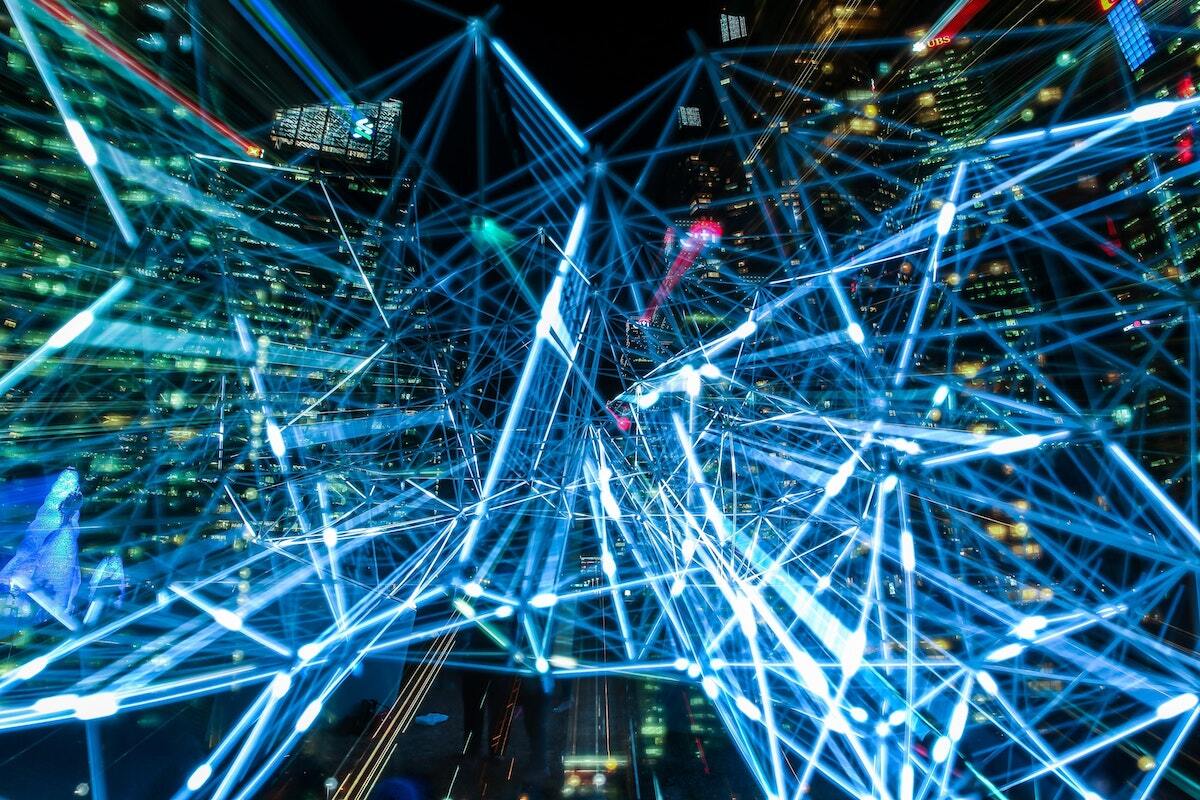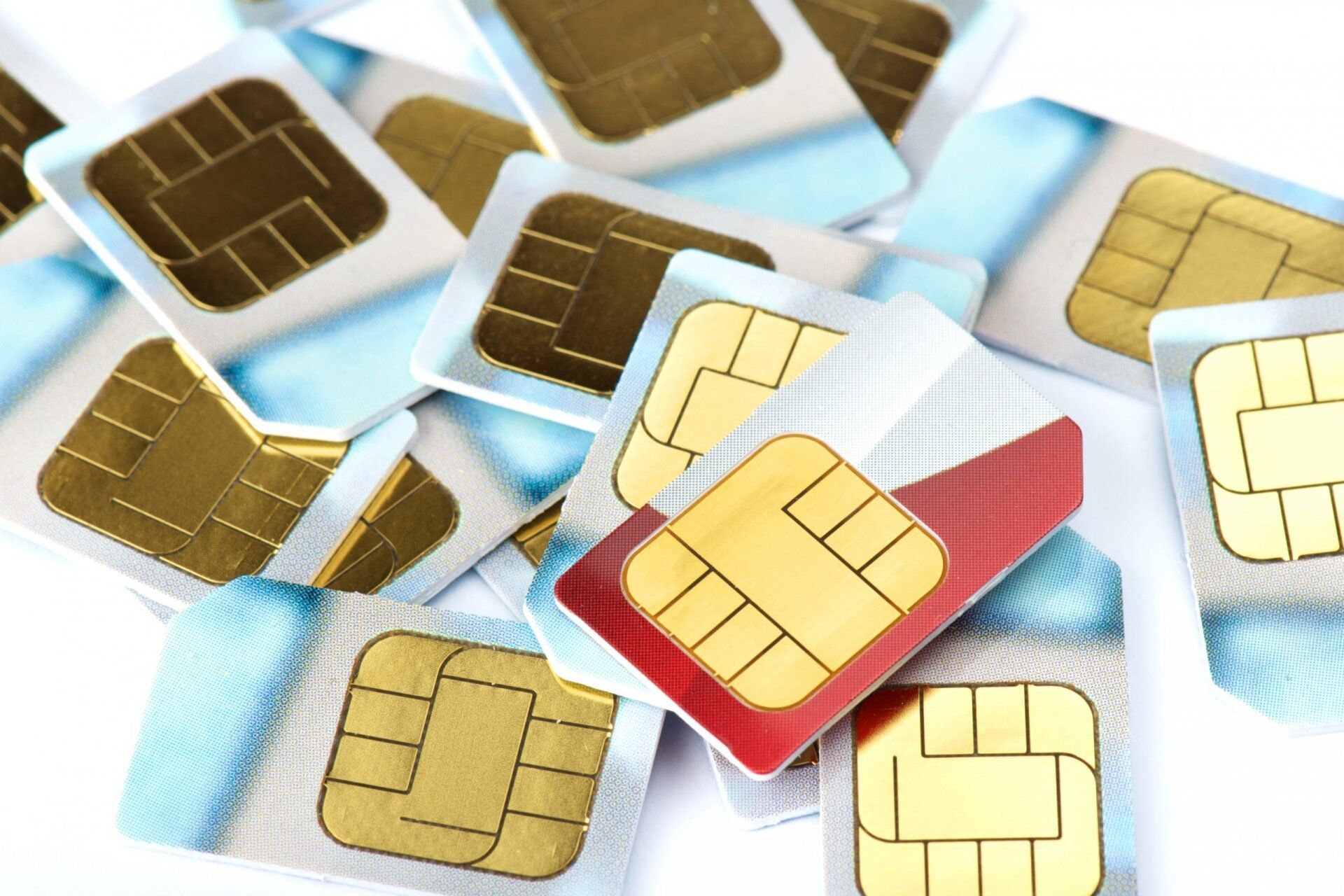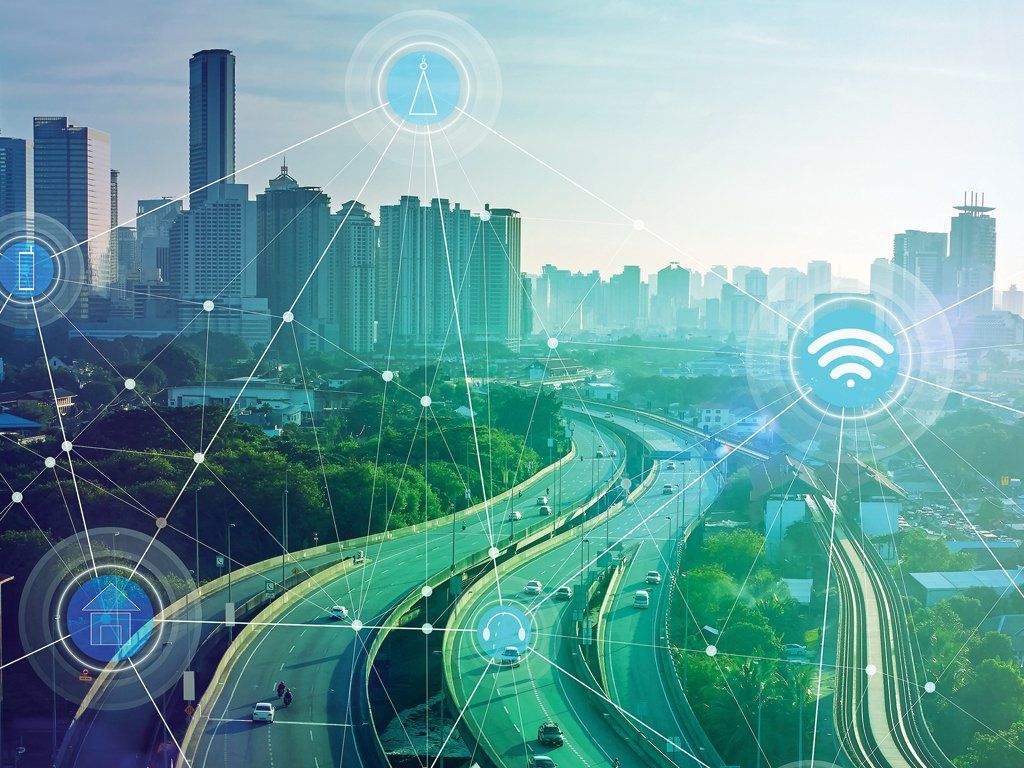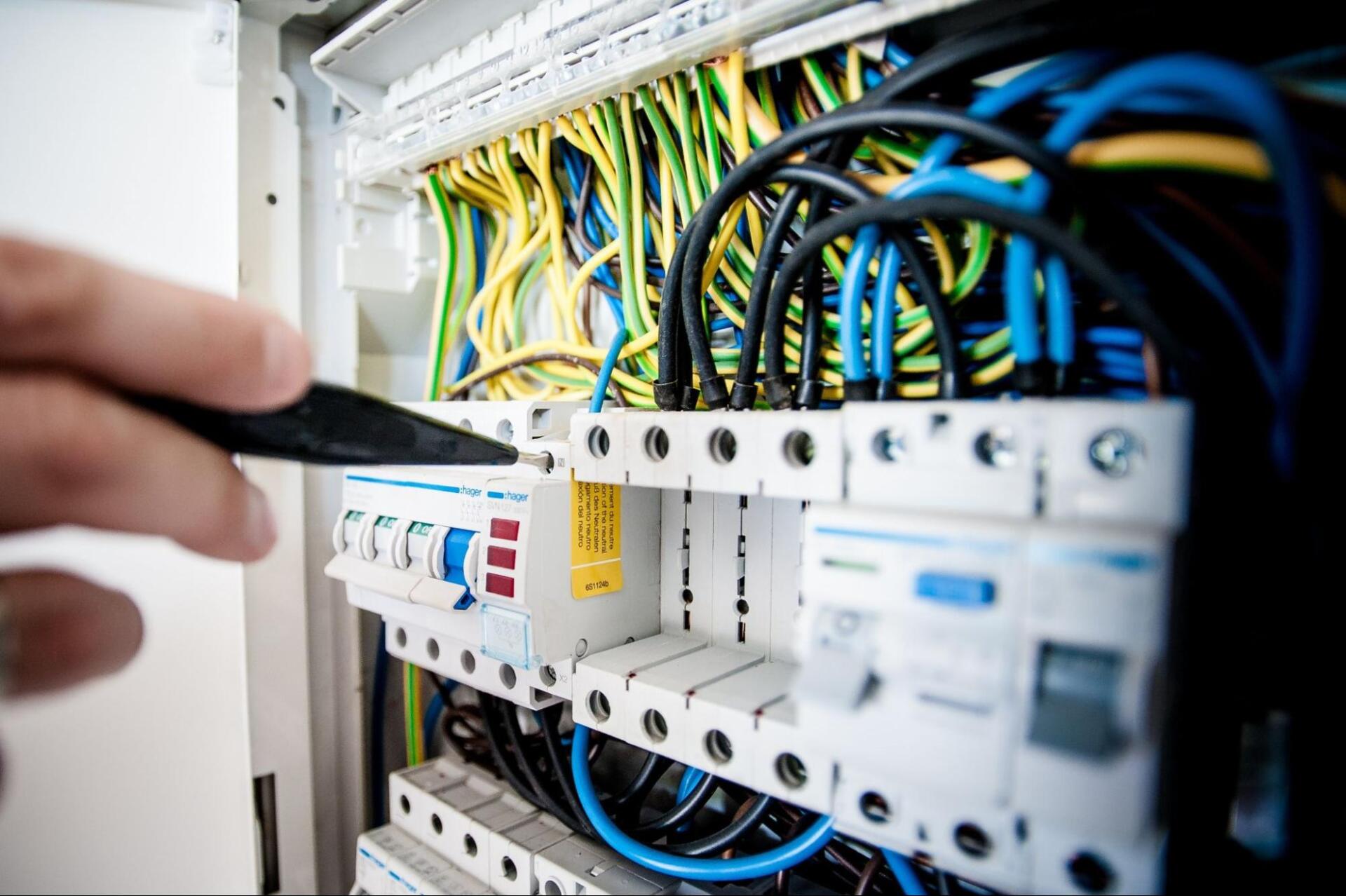How M2M SIMs Can Power Smart Cities
The number of machine to machine (M2M) technologies employed in urban environments have dramatically increased in recent years. Heralded as the advent of the smart city, M2M technology is being added to the very core of city infrastructure. But how, exactly, is M2M being used to transform and connect our cities?
M2M SIM: The Power Behind Smart Cities
What is M2M?
M2M refers to the direct communication between machines. It can be made through wired and wireless connectivity. And is used for a vast array of applications, from telematics to health. And usually related to the internet of things (IoT).
What M2M applications are being used within smart cities?
The point of the smart city is to improve operational efficiency, enhance quality of life for residents, and the monitoring and minimising of environmental impact. M2M technology can contribute to this in a number of ways.
Security and CCTV
Delivering remote access to, and control of, multiple security systems – cameras, lighting, motion detectors, and access points – there is a wealth of opportunity for M2M SIM within city security. M2M connectivity can even remotely manage physical accessibility, such as the locking and unlocking of doors.
Street management
As well as security, M2M technology can help in other areas of city management. Including the implementation of efficient, adaptive street lighting and ensuring the resilience of city infrastructure.
Traffic management
Congestion is one of the biggest issues faced by the contemporary city. With M2M technologies, ‘smart roads’ can be created. This allows for the management of traffic flow and diversions. It can also enable the simple monitoring of emissions for climate management.
Pollution tracking and management
And leading on from the above… According to the World Health Organisation (WHO), air pollution is currently responsible for causing the deaths of around 4.2 million people annually. And this isn’t just in the infamously polluted cities, like Dhaka, Delhi and Wuhan. These deaths occur the world over. M2M technology, powered by M2M SIM, can measure the levels of CO2, NO2 and atmospheric dust in real time. Helping with future planning and preventative measures.
Noise polluton
The WHO identifies noise pollution as the second largest cause of environmental health problems, after air pollution. Smart cities are employing M2M tech to monitor noise pollution and its causes.
How are M2M SIM facilitating these applications?
The primary role of the M2M SIM is to provide internet connectivity any time and anywhere. Because M2M SIM are not tethered to any particular network, but instead switch to the strongest available signal, they can vastly reduce the potential of downtime through loss of connectivity.
M2M SIM are also more robust, better able to tolerate temperature fluctuations, and can withstand vibrations without loss of function. And because you are only charged for the data used, M2M SIM can be more cost effective than other solutions. Together, this makes the M2M SIM the most viable option for a variety of applications.
The opportunities for the application of M2M technology and connectivity within the urban environment are growing every day. Retail, energy, building automation, irrigation and water leak tracking, community engagement, and predictive policing are all areas that are being researched and developed. M2M SIM provide the flexibility for these developments to continue and evolve.










